Change with Words—Historical novels and journeys between France, Switzerland, and Georgia
From Switzerland to France, and onward to the distant Caucasus,
my novels trace the scars of history and the quiet endurance of peoples searching for a world scaled to the measure of humanity.
At the heart of my characters’ journeys lies a conviction: true sovereignty can only exist through a shared sense of the common good.
If our age has lost its way to happiness, it is perhaps because we have surrendered personal responsibility to centralised power — and the life of the spirit to the illusion of material progress.
After all, have you ever seen a hearse followed by a safe?
Perhaps the future begins with a lucid kind of solidarity — a fellowship of small, sovereign, and confederated communities, grounded in human scale.
The Orphan of Royal Blood
A Name Erased Beneath the Caucasus
Historical fiction
from Switzerland, Brittany,
Corsica to Georgia
In this sweeping historical saga, a broken man’s resilience is stirred by the exiled people of Abkhazia, at the foot of the Caucasus, as he unearths a hidden lineage entwined with the Bonaparte dynasty and the kingdom of Mingrelia.
What if your blood held a secret capable of rewriting history?
1999 – Rémy, a young historian shattered by the loss of his wife, believed his life had been swallowed by grief. He never imagined that one day, by discovering a set of posthumous letters hidden in his father’s chest, he would inherit the silence of generations. This secret propels him into a dizzying investigation. From Switzerland to Brittany, from Corsica to the edges of the Caucasus, he follows a trail of buried words and cryptic clues.
Along the way, forgotten and illustrious figures resurface — the Bonapartes, the Swedish crown, the princes of Mingrelia.
Beneath a three-hundred-year-old magnolia tree, in the attic of a Georgian fortress, he uncovers a vision long erased by time: a new face of Europe, fragmented into small sovereign entities, confederated yet deeply rooted in culture. Beside a woman whose luminous presence mirrors his own melancholy, Rémy moves forward. But the closer he comes to the heart of the secret, the more the truth both reveals — and distances him from — his true identity.
A man in search. A radiant woman. A troubled inheritance.
An intimate quest, where memory becomes resilience — and breathes life into a dangerously new idea.
And this question, quiet but essential:
What if the future belonged to those who dare to grow towards the light?


Some travel ideas I'd like to share…
Explore the landscapes, cultures, and special moments I've experienced during my travels around the globe.
Challenge of the Novel’s Objects and Settings
 |  | 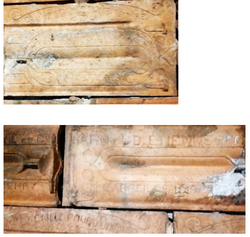 |  |
|---|---|---|---|
 |  |  |  |
 |  |  |  |
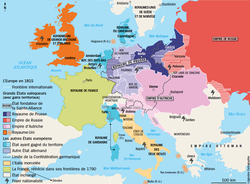 |  |  |  |
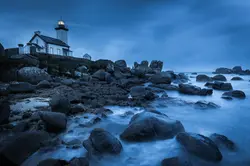 |  |  |  |
 |  |
Explore the settings and objects that inspired my novel.
Try to identify these iconic settings and items.

1st Question :
A fallen French prince, in exile, found love with an Eastern princess. Their union symbolises a unique link between the history of France and that of Georgia. Who is this emblematic couple?

2nd Question :
According to legend, this beach was once the scene of wreckers’ activities, who lit torches on cows’ horns to lure ships onto the reefs and plunder them. Which beach is this?

3rd Question :
This coat of arms, rich in symbols, evokes prosperity (a passant ram), victory over evil (Saint George slaying the dragon), military strength (crossed swords), and the spirit of commerce (a ship). At the centre, the shield bears a golden cross representing the Christian faith, which is very present in Georgian heraldry.
To which noble family does it belong?

4th Question :
What does the Caucasian Phoenix hold within, burned by the Turks in 1855, rebuilt under the direction of German architect Rice, then struck by another fire in 1895, and yet another in 2000?
.png)
5th Question :
What do you know about this Spanish woman who became Empress of the French, whose life oscillated between grandeur and exile?

6th Question :
He was successively a friend, ally, and then enemy of Napoleon I, and became king of a Nordic country after serving as a Marshal of the Empire. Who is he?

7th Question :
Where are the three bronze death masks of Napoleon I, made from the original mould by Dr Francesco Antommarchi, located?

8th Question :
Following in the footsteps of Anoushka and Rémy, you walk snowshoeing or glide on cross-country skis over powder snow. What is the name of the farmstead where you would like to warm up with mulled wine or cep mushroom fondue?

9th Question :
What does the Latin motto "Hoc noli tangere", engraved on Achille Murat’s watch mean, and what symbolic message does it carry?

10th Question :
Father of 14 children (8 survived), he is best known as the father of Jérôme, King of Westphalia, and Napoleon Bonaparte. Who was he?

11th Question :
To which Psalm of the Bible does the Templars’ motto Non nobis Domine, non nobis, sed nomini tuo da gloriam refer?

12th Question :
In the 19th century, an ingenious but tragic device allowed desperate mothers to anonymously abandon their newborns in Paris. What do you know about this ʿTour de l’Abandonʾ and the hospice that housed it?

13th Question :
In the novel, Anoushka finds herself at the ‘end of the world of Marseille’, a picturesque cove where fishermen take shelter in case of a ʿcoup de tabacʾ. But do you know the origin of this expression and the name of this emblematic port?

14th Question :
To which modest family from Béarn does this royal coat of arms belong? The family of a man who became Marshal of the Empire under Napoleon I before becoming King of Sweden and Norway in 1818, whose dynasty still reigns in Sweden today!

15th Question :
Explicit map of Europe in 1870, the era to which the novel refers. In a century and a half, what fascinates you most about this map?
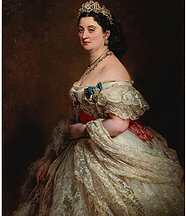
17th Question :
Although the Turks set fire to her palace in 1855 during the Crimean War, this woman resisted the Ottomans, refusing to submit and leading a successful counter-attack. Who was she?
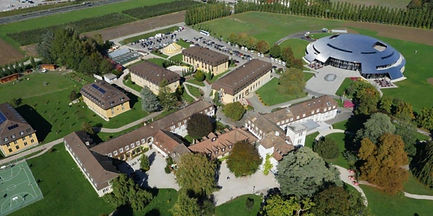
18th Question :
Where is the most expensive private school in the world, with boarding fees approaching €130,000 per year?










